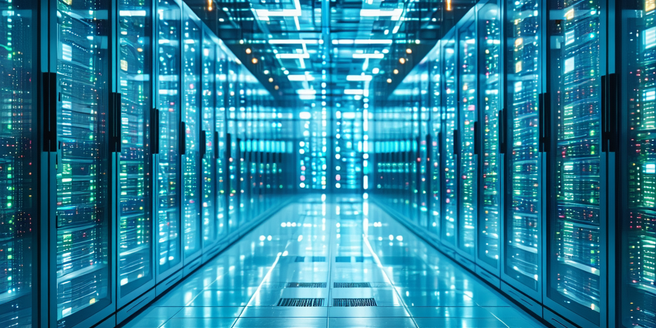Edge Computing Importance

Understanding the Basics of Edge Computing
Edge computing is a distributed computing paradigm that brings computation and data storage closer to the sources of data. This process helps in reducing latency and improving the speed of data processing, which is crucial for applications that require real-time decisions. Unlike traditional cloud computing, where data is sent to centralized data centers, edge computing processes data locally on devices such as sensors, gateways, and other network nodes. This local processing reduces the distance that data must travel, enabling faster insights and reactions. The shift towards edge computing is primarily driven by the rapid growth of Internet of Things (IoT) devices and the need for real-time processing of massive amounts of data generated by these devices.
How Edge Computing Differs from Cloud Computing
While cloud computing centralizes data processing in remote, vast data centers, edge computing does the opposite by decentralizing processing power to the edges, or the local nodes, of the network. This fundamental difference means that edge computing can dramatically reduce latency because it processes data closer to where it is generated. Cloud computing is ideal for processes that require substantial computational power and long-term storage, offering scalability and centralized management. In contrast, edge computing excels in real-time applications such as autonomous vehicles, augmented reality, and smart grids, where immediacy is paramount. By processing data on-site, edge computing decreases strain on bandwidth and contributes to more efficient network resource usage.
Benefits of Edge Computing for Businesses
The adoption of edge computing offers several benefits for businesses across various industries. One of the primary advantages is reduced latency, which ensures faster data processing and decision-making. This is particularly beneficial in sectors requiring immediate data analysis, such as finance and healthcare. By processing data locally, businesses also enhance their cybersecurity, as sensitive data does not have to travel to centralized locations, reducing exposure to potential cyber threats. Additionally, edge computing helps in managing bandwidth more effectively by decreasing the volume of data transferred over networks. Businesses can also achieve cost savings on data transport and storage fees, making edge computing not only a technologically sound choice but also a financially prudent one.
Real-World Applications of Edge Computing
Edge computing is making a significant impact across various industries by providing faster and more efficient processing solutions. In the automotive industry, it is pivotal in the development of autonomous vehicles, where real-time data processing is crucial for navigation and safety. In healthcare, edge devices can process patient data locally, allowing for immediate diagnostic results and minimizing delays in treatment. The retail sector uses edge computing for enhanced customer experiences through personalized, instantaneous promotions and inventory management. Additionally, in smart cities, edge computing supports efficient traffic management and energy distribution by processing data from connected devices in real time. These applications demonstrate how edge computing is revolutionizing traditional industry practices by offering agile, responsive, and efficient data handling capabilities.
Addressing Security Concerns in Edge Computing
While edge computing offers remarkable advantages, it also presents unique security challenges. Since data is processed at multiple decentralized locations, the attack surface increases, making it essential to implement robust security measures at every node. Ensuring the integrity and confidentiality of data is critical, and this requires advanced encryption methods, consistent monitoring, and real-time threat detection systems. Moreover, as edge devices often operate with less computational power compared to centralized cloud systems, balancing performance with security can be challenging. Organizations must regularly update and patch devices to protect against vulnerabilities. Adopting a zero-trust security model, which assumes all devices and systems are potentially untrustworthy, can help safeguard against unauthorized access and data breaches.
Future Trends and Developments in Edge Computing
The future of edge computing looks promising, with trends pointing towards increased adoption and integration in various fields. One significant development is the combination of edge computing with artificial intelligence (AI), enhancing the capability for decision-making at the edge, facilitating predictive maintenance, anomaly detection, and more. The rollout of 5G networks will further bolster edge computing by providing the necessary infrastructure for faster and more reliable data transmission. Additionally, the rise of smart devices and the ongoing expansion of IoT ecosystems will accelerate the demand for edge solutions. As edge computing continues to evolve, we can expect improvements in energy efficiency, more sophisticated security protocols, and growing support for seamless integration with existing IT infrastructure.